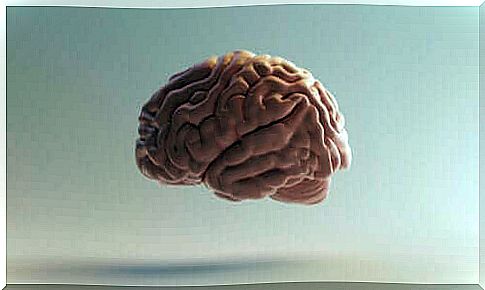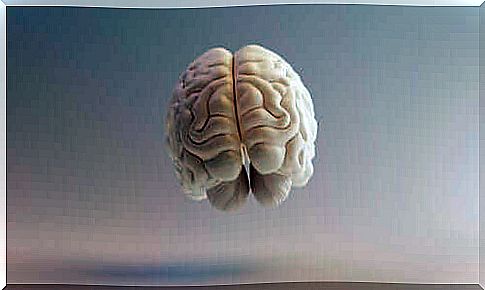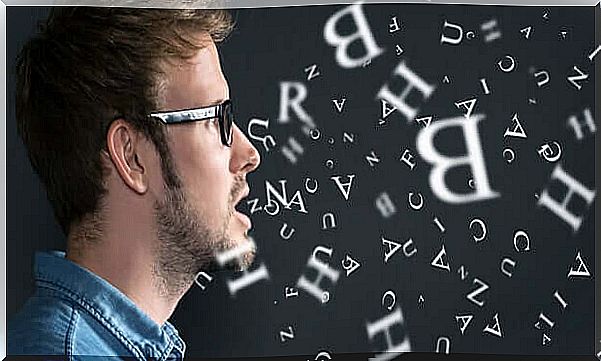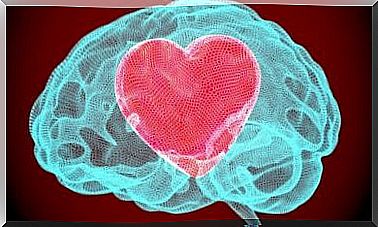Associative Cortex: Anatomy And Functions

The brain is as complex as life itself. Each of its parts is important and has a specific function; the connection between these areas allows the specific function to be carried out. The connections between the various brain areas are therefore of vital importance. The associative cortex, for example, could not work properly without the connections it can make.
The associative cortex is indispensable in everyday life. Thanks to it, we recognize the various forms, process sounds, compose melodies, associate smells with memories and perceive flavors, among other numerous functions.
Specifically, this cortical area is responsible for the integration of our perceptions, that is, it allows us to give meaning to sensory inputs.
In the following lines, we will explore and deepen this incredible structure of the brain, one of the most modern from a phylogenetic point of view.

What is the associative cortex?
The associative cortex is the outermost and most visible part of the cortex. Its main role is to connect information that comes from different brain areas together, so it has the task of integrating sensory information.
Through the different connections it has, the associative cortex integrates the stimuli we receive and facilitates the interpretation of what is happening around us. It does this by connecting to a single sensory system or to several at the same time.
The associative cortex is therefore a kind of translator : it receives various information and transforms it into a language that can be calculated and understood at a cognitive level. The final result is a precise perception of the internal or external environment. Impressive, right?
What areas form the associative cortex?
This cortex has a multi-sensory nature, that is, it is able to associate different sensations with each other, as well as with the motor cortex. This is possible thanks to:
- Auditory cortex. It is responsible for the perception and recognition of sounds, and subsequent transmission to other areas. Stimulating this part of the brain can bring back to mind the music you listened to in the past.
- Associative region of the insula lobe. It is responsible for integrating information relating to the sense of taste. Likewise, it performs sensitive functions related to smell and is responsible for various autonomous functions.
- Vestibular associative area. It allows us to visualize body postures and head movements in space. It is also related to the sensory-motor function of balance.
- Associative visual. It relates visual information based on past experiences. This allows us to recognize or remember what we have seen.
- Associative areas of language : Wernicke’s area and Broca’s area. The first deals with associating sounds with concepts, therefore it favors the understanding of language; the second is essential for the motor articulation of the spoken language.
- Parieto-temporo-occipital associative. It is responsible for linking visual, proprioceptive and tactile information. In this way, it integrates the concepts of shape, size and texture. Furthermore, it is related to the perception of the body image and awareness of the body schema.
- Prefrontal associative cortex. It faces the motor cortex and is responsible for controlling behavior and executive functions, such as decision making and planning. It is also important for the expression of language.
- Limbic associative. It is one of the three main areas of association, which also include the parieto-temporo-occipital area and the prefrontal area. It is responsible for integrating information that comes from the limbic system, that is, it helps us capture and understand emotions, as well as connect them to memories.
The various areas of the associative cortex can be classified as unimodal and polymodal : the former are adjacent to the main sensory areas and have the task of processing information in a single sense or performing a single function; the latter have the task of integrating various information from the different senses and carrying out different functions.
Pathologies associated with the associative cortex
An injury to the associative cortex is considered serious damage. This is because it generally causes significant disability. Some pathologies that can result from damage or malfunction of this cortex are:
- Agnosia. Inability to recognize objects through one of the senses. People with visual agnosia are unable to recognize an object in front of them while seeing it perfectly.
- Apraxia. Inability to perform tasks or movements on the orders of others or of one’s own volition if it requires an ordered sequence of movements.
- Aphasia. Speech disorder in which an inability or difficulty in communicating or understanding occurs.
- Emotional and cognitive-behavioral difficulties. The injury can make it impossible or difficult to express one’s emotions, and can also cause personality changes and problems in understanding orders, planning actions and carrying out them.

Oliver Sacks
One expert that should definitely be mentioned is Oliver Sacks. Neurologist and popularizer who has published immortal scientific works on neurology.
These books have helped and still help non-specialist readers to grasp the complexity of the brain. It is advisable to deepen his works, since in them the author recounts, with humanity and with surprising details, facts relating to dramatic neurological disorders, and among these some related to the associative cortex.
We remember L ‘man who mistook his wife for a hat , a book that tells the story of Doctor P., a musician visited by Doctor Sacks, who claimed to have vision problems. After finishing the visit, Dr. Sacks saw him looking for his hat… to his surprise, he took his wife’s hand and tried to put it on!
Based on his observations, Sacks deduced that the patient’s problem depended on the brain and not on sight. It was, therefore, a particular case of agnosia, which did not allow Dr. P. to recognize human faces through the sense of sight. Surprising, right? This was the first reported case of prosopagnosia.
Finally, the associative cortex manages the communication between the various senses so that it is possible to grasp the stimuli of the surrounding environment in an integrated way. A very difficult task, but strictly essential in our daily life.









